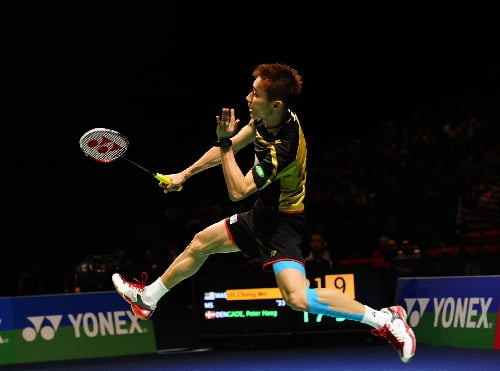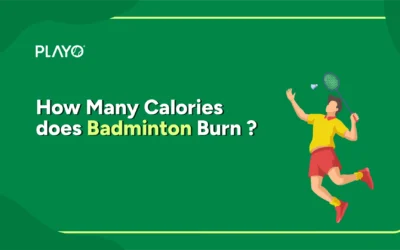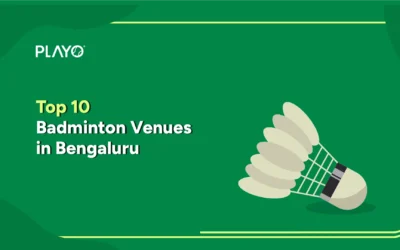Attacking Play: Badminton is said to be one of the fastest racquet sports there is. It is an extremely challenging game and literally, all our muscles are used while playing badminton.

Badminton is one of the fastest racket sport and hence, you always need to be on your toes to return the shots.
If you’re just starting to take up badminton there are certain things you must keep in mind while playing; although this will be applicable to players at all levels.
Things like correct form, grip, stepping, and movement are vital in the game of badminton. Now keeping all these things in point, I’ll explain the player’s movement on the court while engaging in an attacking play.
It is a misconception that ‘smash’ is an attacking stroke. Yes, it definitely does help you in finishing the point in your favour, but it is not the only stroke that is considered an attacking shot. This misconception is in the minds of most newcomers and beginners to the sport.
The ‘toss’ can be a very attacking stroke too, if played at the right time and at the right height.
https://www.youtube.com/watch?v=AQZGRkhbMEo
Now, while using smash as an attacking play, a player must keep in mind that they should create an opening for themselves to play this stroke and not just go for the kill blindly. Beginners tend to use this attacking shot at wrong times during the game.
A smash is played to put pressure on one’s opponent and to even try and finish a rally in one’s favour. The most ideal time to smash is once you have displaced and moved your opponent all over the court and then played a smash.
This creates the element of surprise and it also means that you have moved the opponent all over that he/she is bound to make a weak return while enables you to play this stroke.
In terms of movement, a player should ideally be slightly behind the shuttle and should catch it as early as possible. This helps with hitting a more accurate shot. Moving under the shuttle is a must, as not being in the proper position to smash can prove to be detrimental.
It makes one land up playing a very weak and bad shot which may not even cross the net. It is also very important to note that after smashing the person should follow up.
This means he/she should move towards the direction of his smash in anticipation of a return which at a higher level is quite likely to come. Staying in the same spot after smashing could really put you in a bad position.
[pullquote]As the smash is being played, it is very important that the player starts his movement towards the centre in the direction of the smash played by him. [/pullquote]
Remember, while smashing, if you are at the extreme back end of the court, avoid using smash as an attacking stroke. It is quite difficult to hit an effective smash from the rear end. Trying to return the next shot could be extremely difficult and cost you a point.
Talking about the toss as an attacking play, keep in mind that if played at the right height and distance, it could be an absolute winner. This stroke can be played from the midcourt area to the rear end area of the court.
Again, the player must be under, yet slightly behind the shuttle to be able to play and execute this stroke. In order to move smoothly on the court, a player should have a slight bounce in his/her body. This enables the player to reach all corner of the court quicker.
This helps them play all the possible strokes. Ideally, from the center to the backcourt on either side, 2 and a half steps should be taken. If the player is extremely tall, then he/she requires just 2 steps.
So when hitting attacking toss, a player should run behind the shuttle in time and make the decision. An attacking toss differs from a regular toss as it is played to surprise the opponent. It is also to get him off balance and make him chase the shuttle. If played correctly, the point could be yours.
Conclusion:
To play an attacking stroke, a player should be in an ideal position and should be able to move quick towards the shuttle. If you’re not, it is better to clear the shuttle back in order to still be in the game. Attacking strokes shouldn’t be played in a haste.
VISIT OUR BLOG SECTION FOR MORE SPORTS INFO!





0 Comments